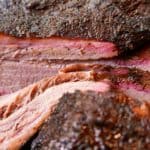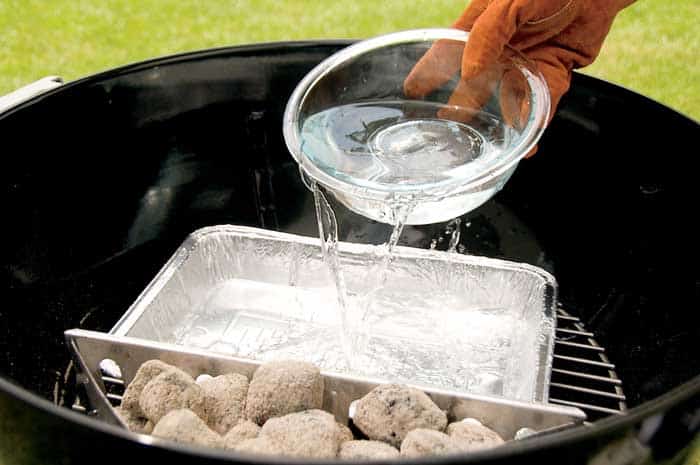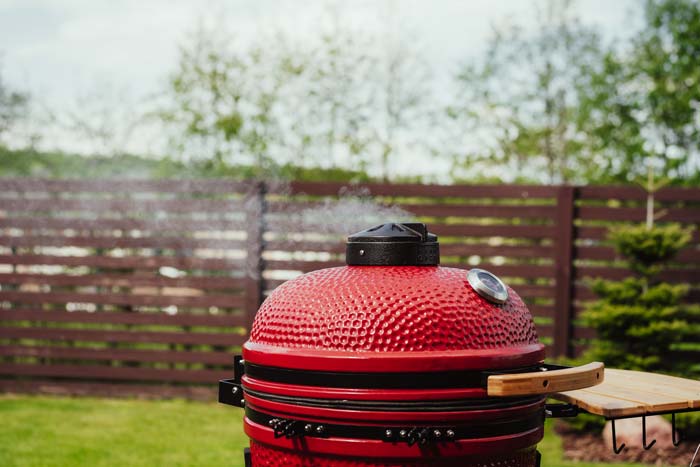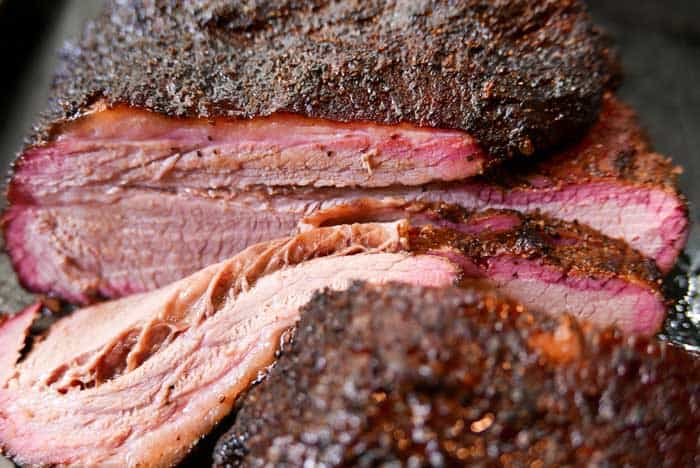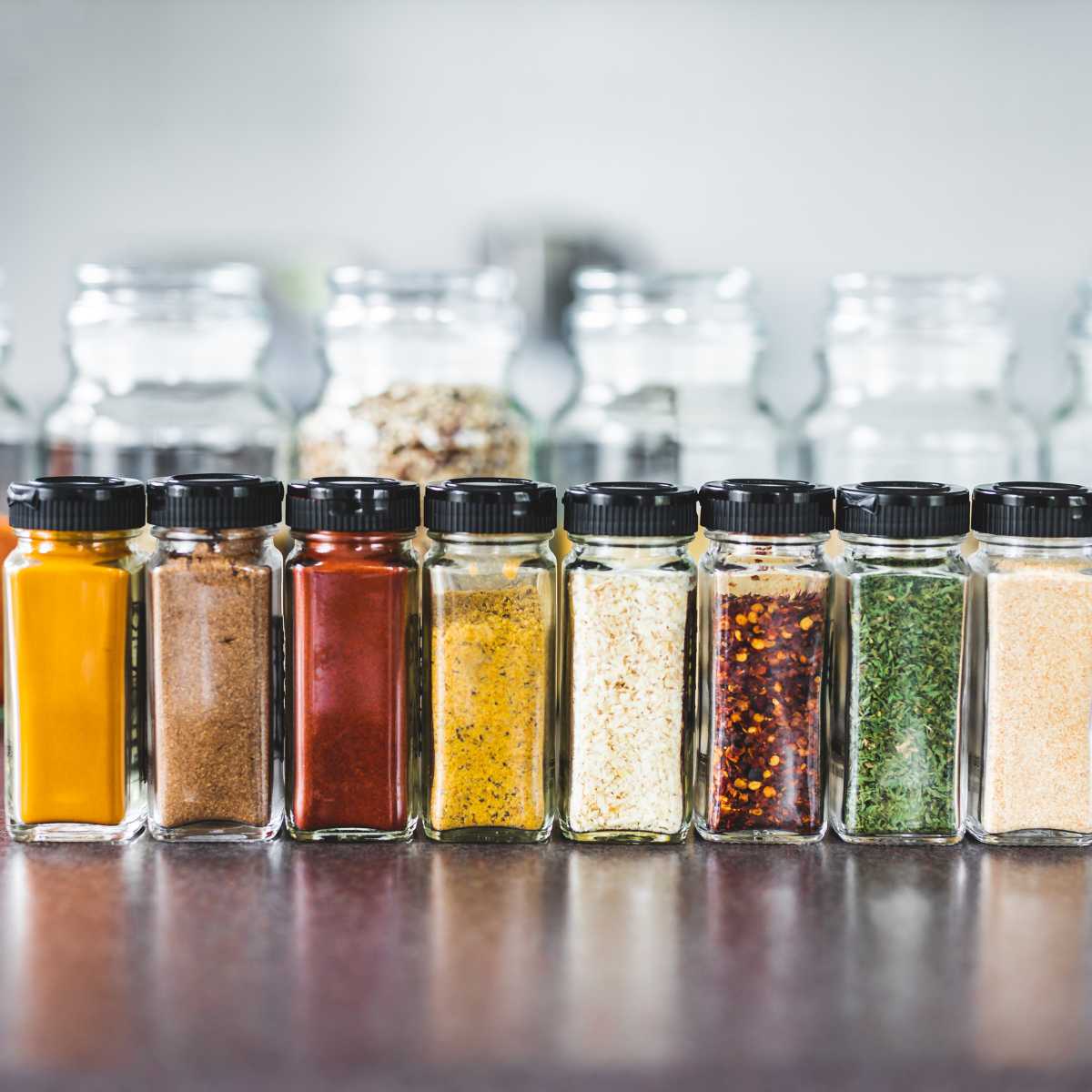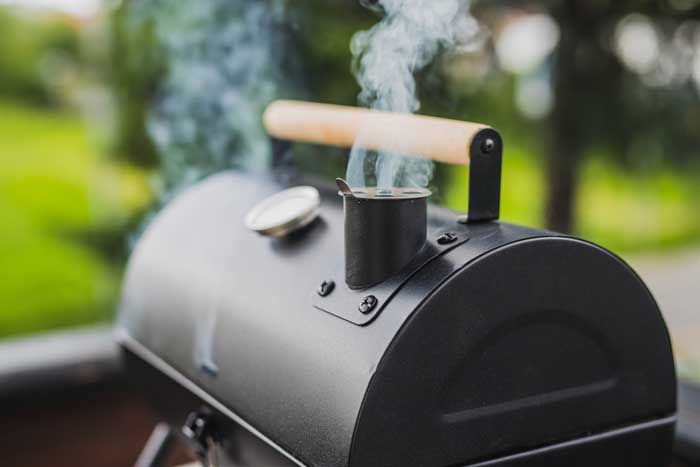Butcher paper and parchment paper are both loved by barbecue pitmasters for wrapping meat to help get the best results. Discover everything you need to know about using each paper and which one is best for your smoked meat.
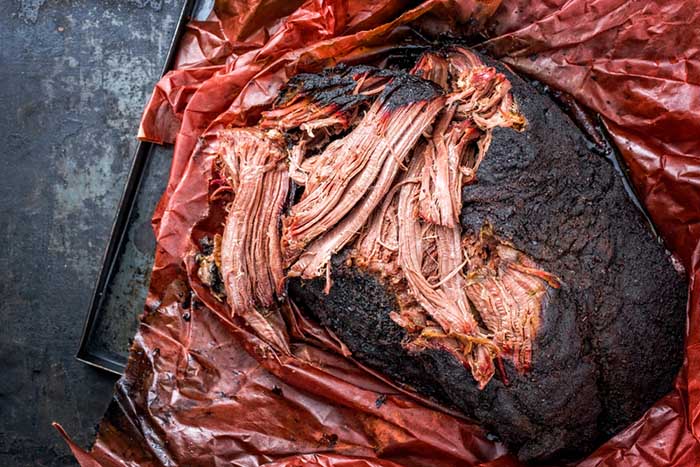
Barbecuing or smoking meat is an art. From stoking the fire to choosing the meat, it takes skill and practice to perfect. For the aspiring pitmaster with their sights set on conquering the local cook-off, choosing butcher paper or parchment paper can be a conundrum.
Both have differences in heat and moisture retention, permeability, and overall construction, but the choice doesn’t have to be so difficult. Here’s what we found.
Quick Answer
Butcher paper is thicker and more durable than parchment paper. It also absorbs liquids better for low-mess clean-up. Parchment paper, while thinner, is coated in food-grade silicone to provide a non-stick surface.
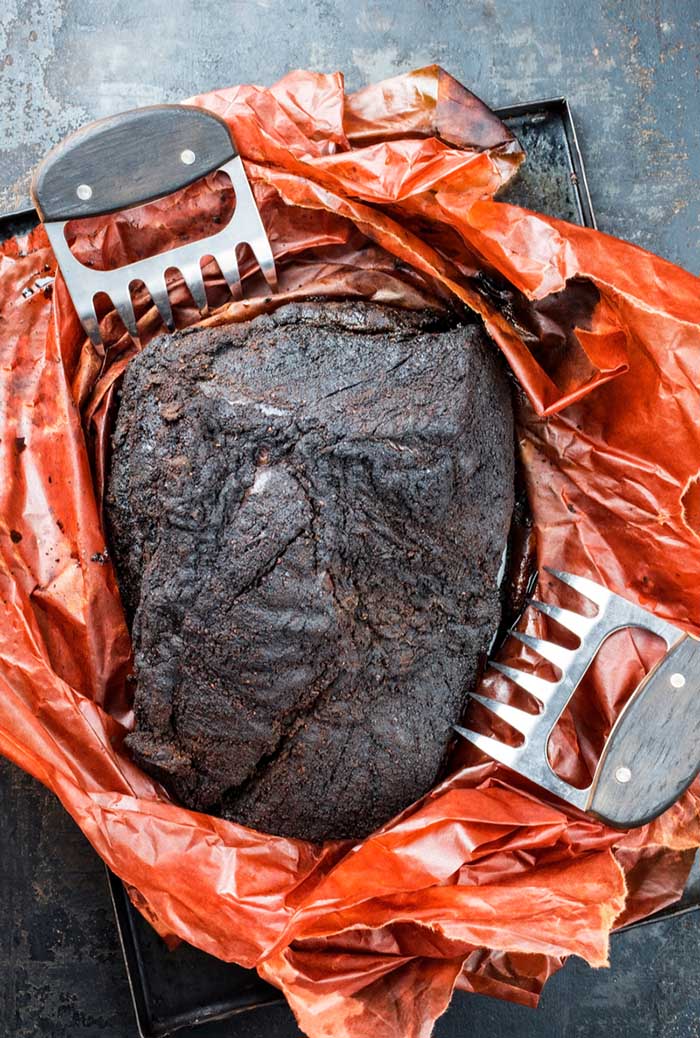
Why Wrap Meat for Barbecue?
Low and slow is the name of the game when you fire up the smoker. When done with care, barbecue quickly takes the better part of an entire day. Depending on the style of barbecue you are shooting for, there are many methods and facets that can make the process daunting.
One of the known keys to expert-level barbecue is wrapping your cut of meat during the cooking process, but why? Take a quick look at brisket, the king of meat in the Texas barbecue scene.
A large cut of meat like this, cooked low and slow, will eventually reach a stall period. The barbecue stall occurs when the meat’s internal temperature will not rise for a significant period of time before continuing to cook.
Wrapping your cut speeds up the stall and gets your work of art to the dinner table before the game ends. Meat contains water, fats, and other moisture that escape when exposed to heat. Wrapping your cut helps prevent this moisture from escaping, keeping your meat tastefully juicy.
What is Butcher Paper?
Butcher paper, otherwise known as kraft paper, is a thick and durable material, often seen protecting tables in an elementary art classroom. The durability of butcher paper makes it an ideal choice to protect your meat on its journey from the supermarket to the grill.
Butcher paper is a common choice when the pitmaster aims to protect the meat from the grill’s heat, retain moisture, and alleviate the stall period. It’s our go-to for wrapping brisket, Boston butt, ribs, and other classic barbecue meats.
The grill master should use butcher paper once the meat has achieved an acceptable level of direct smoke, has reached the stall period, and when the meat needs protection from drying out. There is no problem finishing off the cut in the wrapping. It’s important not to wrap the cut too soon or risk inhibiting the smoky flavor.
Now that we know the purpose of butcher paper, which one do we put in the shopping cart? White and brown are the most common variants of butcher paper, but peach paper has recently gained popularity after Texas barbecue legend Aaron Franklin began using it.
Disappointingly, peach paper does not have any distinct peachy scent; it is only called this because of its color. The primary difference in peach paper stems from a process called sizing, preventing the paper from becoming a mess when it gets wet.
Aside from a quicker clean-up, sizing helps preserve the evaporating moisture, keeping the meat juicy and saving juices for basting or making gravy.
One downside to keep in mind: When exposed to direct heat for long periods, butcher paper can ignite, ruining your smoky Saturday project.
What is Parchment Paper?
Parchment paper is a thinner alternative, often sold in small rolls similar to cling wrap or pre-cut sheets. It is treated with silicon that creates the non-stick feature, making it an excellent choice for various cooking needs. Bleached and unbleached parchment paper can be found on the shelf of the local supermarket and are both approved by the FDA for cooking use.
However, the bleached variation can release dioxin when exposed to heat, making grilling with parchment paper a risk. It is crucial not to confuse freezer paper for parchment paper. Freezer paper and the like are coated in wax that will melt when exposed to heat, rendering your dinner inedible.
Like its close cousin mentioned above, this product shares many of the same uses and can be used to retain moisture and overcome the stall.
It should be used in the same manner after the cut of choice is well into the cooking process. Parchment paper is quite versatile, with uses outside the pit; it can wrap fish and vegetables for steaming or line baking sheets and cooking trays.
Butcher and Parchment Paper Differences
Side by side, the difference in thickness between these two options is readily apparent. Butcher paper is significantly thicker than parchment. Butcher paper is heavy-duty, preventing it from ripping or tearing, making it a likely choice to protect a workstation or elementary classroom.
While you could use parchment paper for the same purpose, you might have a few more nicks and scratches on the family dinner table. Parchment paper is easily torn and does not easily compare to the durability of butcher paper.
The silicon coating of parchment paper retains more heat than the breathability afforded to butcher paper. This distinction is important because the heat retention of parchment can allow the meat to continue to cook after it has reached the desired internal temperature.
While unpacking a finished brisket wrapped in butcher paper, the grill master may notice a small amount of liquid. Butcher paper tends to absorb more liquid than its counterpart. Although it does retain moisture, the permeability still allows for the formation of the desired bark.
The silicon coating of the parchment paper makes it less permeable than butcher paper, allowing it to trap more of the evaporated juices inside the wrapping.
Bottom line, if you want to collect the sweet juices of your labor, use parchment paper. If you prefer less heat retention, a more robust bark formation, and less mess, butcher paper might be your choice.
Butcher and parchment paper have uses that go beyond swaddling an expensive cut of meat.
Butcher paper can be used for crafts, protect furniture, or wrap fragile heirlooms when it’s time to move. Parchment paper can be used for more kitchen tasks than its close cousin; it can be used to package vegetables for steaming or prepare a fish dinner neatly.

